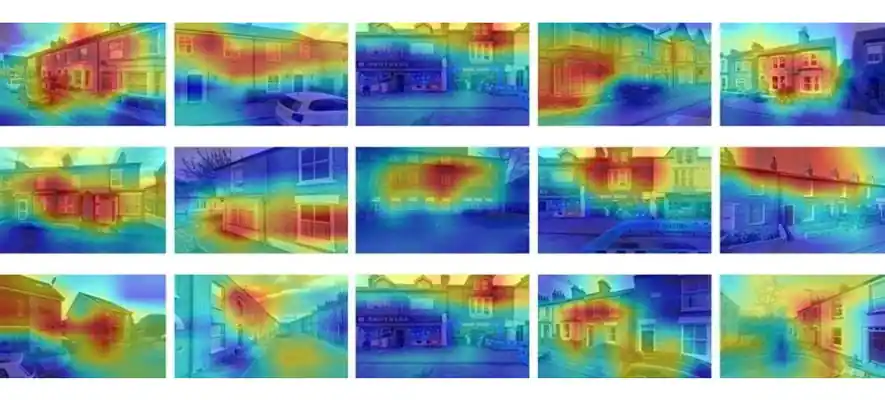AI's Decarbonization Revolution: A New Era For Homes
An innovative AI model promises to help policymakers efficiently prioritize residences for retrofitting and diverse decarbonization efforts.
Transforming Home Decarbonization Efforts:
Researchers at the University of Cambridge’s Department of Architecture have developed a groundbreaking ‘deep learning’ model. It is set to revolutionize the battle against ‘hard-to-decarbonize’ (HtD) residences. These residences contribute over a quarter of direct housing emissions and have long posed a challenge to achieving net-zero emissions.
These challenging properties pose difficulties due to age, structure, location, socioeconomic factors, and data limitations, making them elusive targets. Traditional approaches have concentrated on conventional structures and technologies that are difficult to decarbonize. However, a study in the Sustainable Cities and Society journal suggests a new approach.
Urban researcher and Data Scientist Maoran Sun, along with Dr. Ronita Bardhan, PhD Advisor, have unveiled an AI model. This model boasts an impressive 90% classification accuracy for challenging-to-decarbonize (CtD) houses. They expect this accuracy to improve as their dataset expands.
This AI model uses open-source data, marking the first time AI identifies HtD buildings in this manner. Dr. Ronita Bardhan noted, “Policymakers often lack the resources for detailed audits on every house. Our model can direct them to high-priority houses, saving precious time and resources.”
The model also helps authorities understand the distribution of CtD houses, enabling precise targeting of interventions. Sun and Bardhan employed Cambridge, UK data, integrating Energy Performance Certificates (EPCs), street and aerial views, temperature, and building stock. Their model successfully distinguished 700 CtD houses from 635 non-CtD houses, using publicly available open-source datasets.
Furthermore, they are working on a more advanced framework that includes data on energy consumption, poverty indicators, and thermal imagery. Their model pinpoints heat loss and differentiates old and modern structures, with plans to enhance detail and precision.
The Power of AI in Sustainable Housing:
They’re expanding AI models to more UK cities, collaborating with space-focused organizations for high-res thermal satellite images.
Bardhan emphasized the potential of AI to transform policy decisions by making larger datasets available, aiding climate change adaptation strategies. Sun added, “We need evidence-based adaptation strategies. Even simple street view photos can offer valuable information.”
Increasing data visibility to the public can facilitate consensus-building for net-zero goals. Bardhan noted, “We can make this model very user-friendly and accessible for authorities and residents.”
Cambridge serves as a foundation, and the researchers aim to share findings with the City Council and foster decarbonization collaborations.
Journal Reference
Sun, M & Bardhan, R (2023) Identifying Hard-to-Decarbonize houses from multi-source data in Cambridge, UK. Sustainable Cities and Society. doi.org/10.1016/j.scs.2023.105015
Source: https://www.cam.ac.uk/

